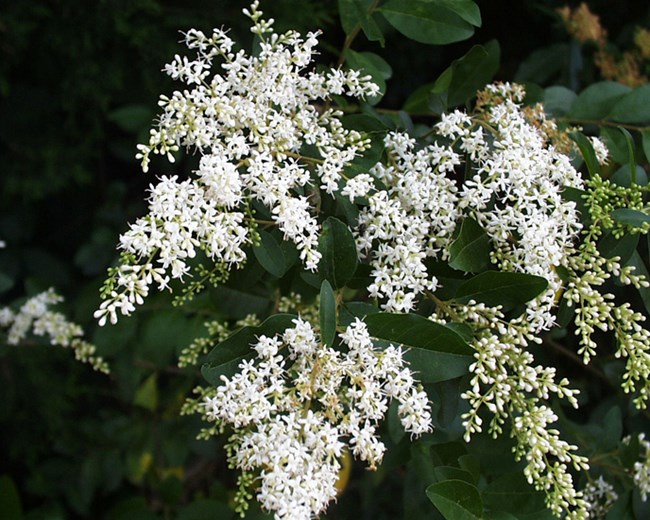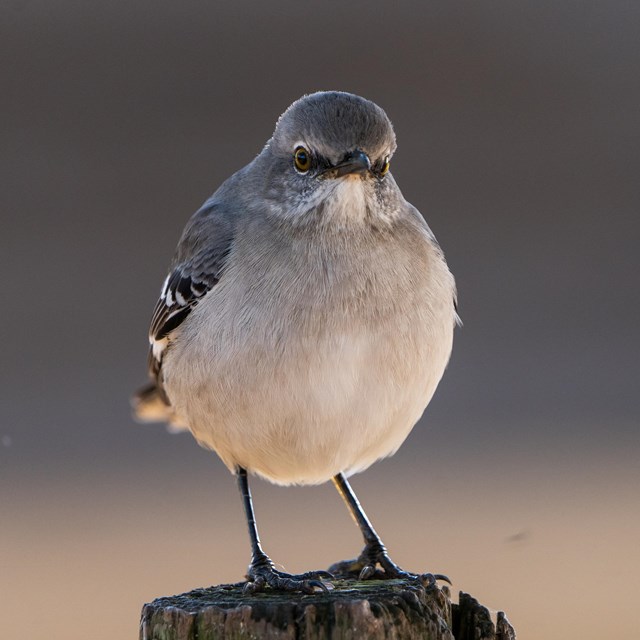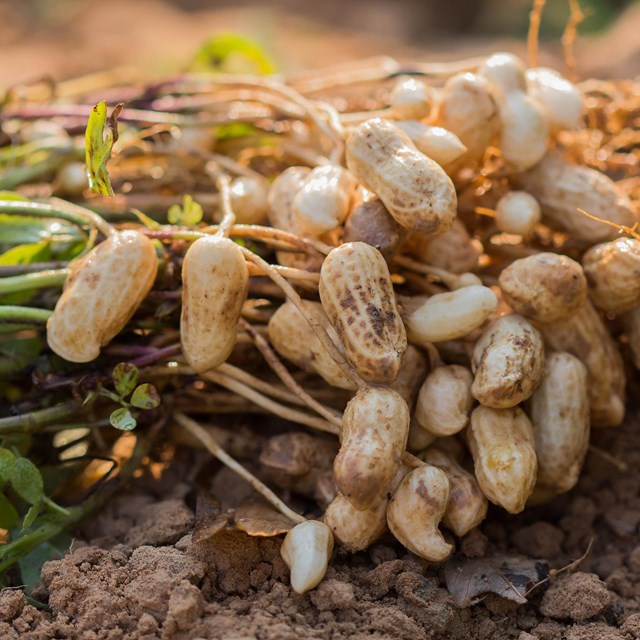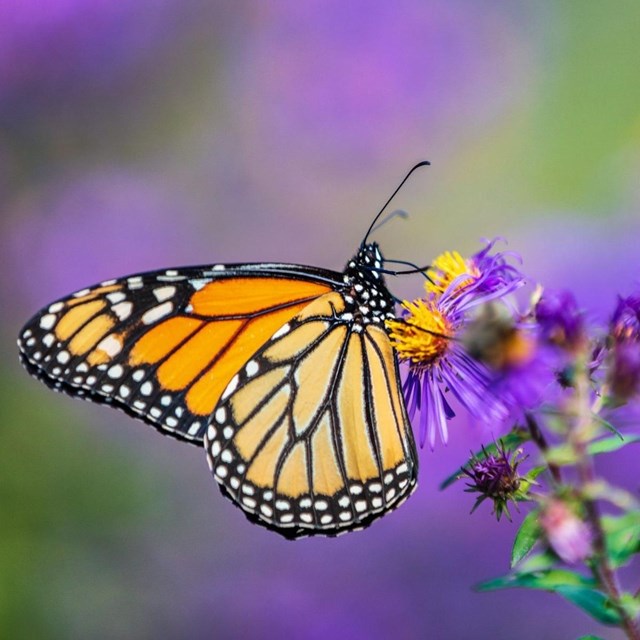
NATIONAL PARK SERVICE In order to fully appreciate the relationship between Jimmy Carter and the town of Plains, Georgia, there must be an understanding of the geographical features of the region in which they were both developed. Wildlife and Other Resources The Jimmy Carter National Historical Park is located in what is part of the southwest Georgia Costal Plain's Flint River region which covers approximately 8,400 miles. The waters of the region contain various types of fish, such as catfish, bass, perch and carp. The woodland wildlife in the area consists of animals such as deer, turkey, duck, opossum, raccoon and fox. There are an abundance of birds in the area and include cardinals, bluebirds and bluejays. The Boyhood Farm also hosts a colony of honeybees that assist with the pollination of the crops on the farm. Mr. Earl Carter used honeybees to pollinate the crops on his farm and for the honey that was produced by the bees which was sold in the farm commissary store. Soils The majority of the soil in the region is sandy loams that are acidic and infertile. Because of the lack of lime content the soil requires fertilization and other additional augmentation for crop cultivation. The upland soils are well-drained and support crops such as cotton, corn, peanuts, tobacco, pastures, small grains, soybeans and similar plants. The majority of the earth bed in Sumter County is comprised of burnt umber, oxblood and bright red ferrous hues. Vegetation Various trees and plants including sweet and black gum, red and sweet bay, tupelo, hickory, red, white and water oaks grow in the watershed. Long leaf and yellow pine, persimmon, post and upland willow oak, and black walnut accompany the introduced species of pecan and peach in the uplands. Climate Industrial pollution problems are minimal and the region remains, for the most part, rural and agriculturally based. Summers are hot, averaging above 80 degrees with fall and winter bringing mild and rainy weather with temperatures averaging around 50 degrees. Springtime brings a landscape that is green and punctuated with the whites, pinks, and reds of the magnolia, chestnut, and peach trees along the pastel yellows of the honeysuckle bushes. The intoxicating fragrance that is produced designate that it is springtime in the region.
|
Last updated: October 17, 2023



